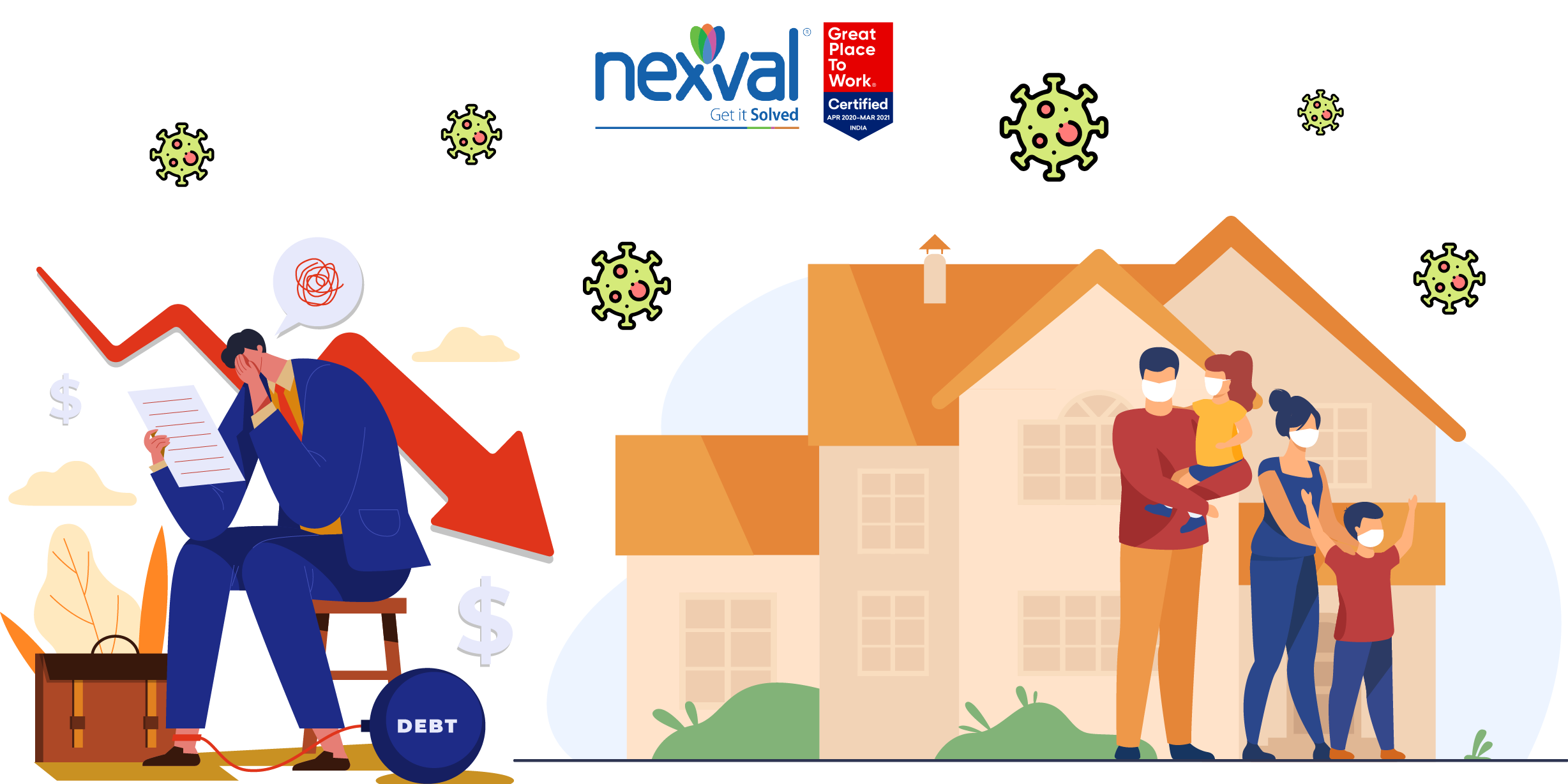Impact of COVID-19 on delinquencies
The residential real estate is experiencing conflicting situations at present. On one hand the demand for housing has paced up due to record-low mortgage rates. On the other hand, mortgage loan performance has deteriorated since the onset of the pandemic.
Delinquency rates have spiked up alarmingly in the second quarter, mainly due to the failure of many homeowners to meet timely payments as a result of sustained unemployment. Barely a few months after the pandemic set in, the 90-day delinquency rate jumped to 8.22% -the highest rate in more than 21 years as per the MBA’s national delinquency survey. If government assistance and programs are withdrawn, delinquency rates are expected to be doubled by early 2021, followed by millions of families losing their homes, through a short sale or foreclosure. This can create downward pressure on home prices. As excess inventory will be further made available for sale, it will therefore cause a downfall in home equity prices too.
Delinquencies are assumed to rise especially among lower-income households, self-employed, and those employed within the sectors that have suffered a major setback due to the pandemic. Mortgage delinquencies are higher in the states that have been most impacted with job losses in the leisure and hospitality industry.
Most affected states with maximum delinquency rates in June
| New Jersey | 628 basis points |
|---|---|
| Nevada | 600 basis points |
| New York | 575 basis points |
| Florida | 569 basis points |
| Hawaii | 525 basis points |
Impact of Pandemic-Triggered Recession on Delinquencies
The worst affected mortgages were the ones tailored to help low-income borrowers with lower credit scores and first-time home buyers. Most first-time homebuyers who are unable to pay big amounts of down payment commonly opt for FHA loans which had the higher number of delinquencies. Excluding only loans under foreclosure, FHA delinquencies topped the list, rising 643 basis points from the first quarter. This was followed by VA loans that went up by 381 basis points and conventional mortgages that increased by 307 basis points post the first quarter.
With unemployment likely to increase throughout 2020, more impact on late-stage delinquencies and, eventually, foreclosure is expected to be witnessed. However, 30-day delinquencies have dropped in the second quarter, which hints to dissolving the overflow of new delinquencies.
Managing post-crisis reality
Customer assistance is critical at this moment and it is the perfect time to ensure that their borrowers get any kind of support they require in order to nurture a healthy relationship with them. Institutions that are equipped to respond quickly to their customers will be building firmer relationships with their borrowers. In the long term, this will help bring down their credit losses during the most unprecedented times. Existing methodologies and strategies, as well as, credit risk segmentation is now futile post the COVID-19 induced economic crisis. Planning a long-standing response that begins with reshaping the risk management teams and operations is a fundamental requirement.
Building long term operational capabilities
Irrespective of an organization’s size and sophistication level, risk leaders have to regulate where and how to build operational capabilities in 4 major areas:
- Revisiting segmentation models
- Managing the front line resources
- Set an end-to-end multichannel strategy for customers
- Avoid their accounts becoming uncollectible
Four main practices to assist lenders find relief
Avoiding a total loss is always preferable to earning marginal fees. Lenders can decide to append fees and interest to help reduce the due amount of the customer.
Use specialized underwriting guidelines to link credit to a borrower’s projected income and hence, evaluate the ability to service liability. To determine a borrower’s eligibility is a practice much needed during these times.
To handle borrowers with higher risks, it is advised to back lending with physical collateral or guarantees. This gives more liability for the borrowers and offers more security to lenders.
Whether the customer is able to pay the full amount or not, paying on time is more important for the lender. Engaging with customers on a frequent basis has been fruitful, mainly through digital channels. This also ensures regular payments and even full payments when normal times resume.


